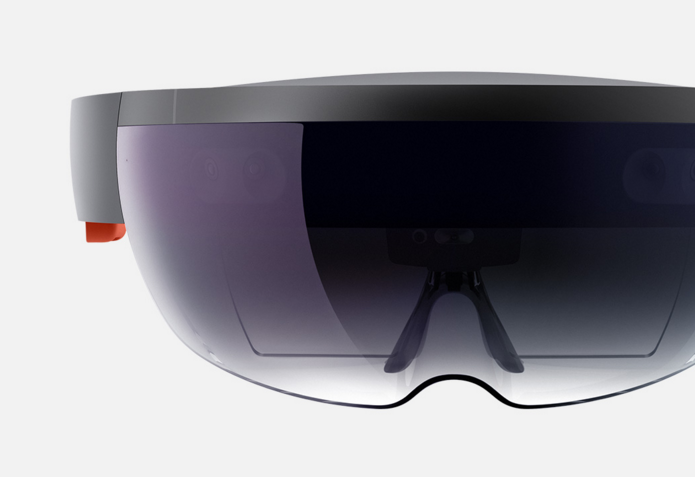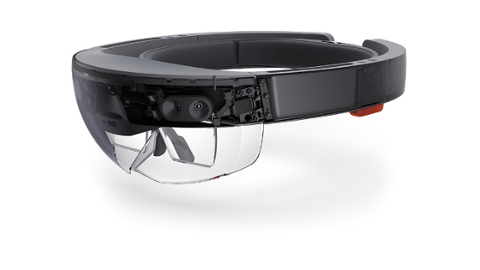Developing with Microsoft's HoloLens
A new article in Wired takes a deep dive into Magic Leap, the secretive augmented-reality startup based in Fort Lauderdale, FL. Thanks to hundreds of millions of dollars in venture funding from Alibaba and other prominent firms, Magic Leap is busy perfecting a prototype rig that will allow people to interact with holograms as if the latter were real objects. Augmented reality consists of multi-dimensional holograms superimposed on the viewer’s environment. Unlike virtual reality, which closes off the user in a digital world, augmented reality does its best to integrate those holograms with nearby objects; early demos of the HoloLens, Microsoft’s AR headset, featured people building holographic Minecraft worlds atop tables and couches. (Some experts differentiate the market still further, using the term ‘augmented reality’ solely for products such as Google Glass, which layer imagery over the user’s view, while reserving ‘mixed reality’ for platforms where virtual objects interact with real-world ones.) Unlike virtual reality, which has progressed to the point where a handful of competing devices are already on the market (with others in the near-term pipeline), augmented reality is still very nascent. Magic Leap is nowhere near a commercial product; Meta, a rival, won’t issue dev kits until later this year. Those developers interested in toying with augmented reality are limited, at least for the moment, to Microsoft’s HoloLens. For $3,000, those tech pros can experiment with the development edition of the device. There is no separate HoloLens SDK for building AR apps and software; instead, the company asks developers to use Visual Studio 2015 Update 2 with the Windows 10 SDK (version 1511 or later). There is, however, a downloadable emulator that allows developers to test HoloLens apps using a screen, keyboard, mouse, or Xbox controller. The emulator’s tech specs include 64-bit Windows 10, 64-bit CPU, a CPU with four cores, 8 GB of RAM (if not more), and Hyper-V. If your system meets those requirements, Microsoft offers extensive documentation on app building and hologram design. Are augmented reality and virtual reality the future? Some of the biggest names in tech—including Facebook, Google, and Microsoft—certainly think so. But without developers to produce apps for those companies’ respective platforms, that future will never arrive. And most developers won’t arrive until AR and VR prove themselves from an economic perspective.



